

The Revolution
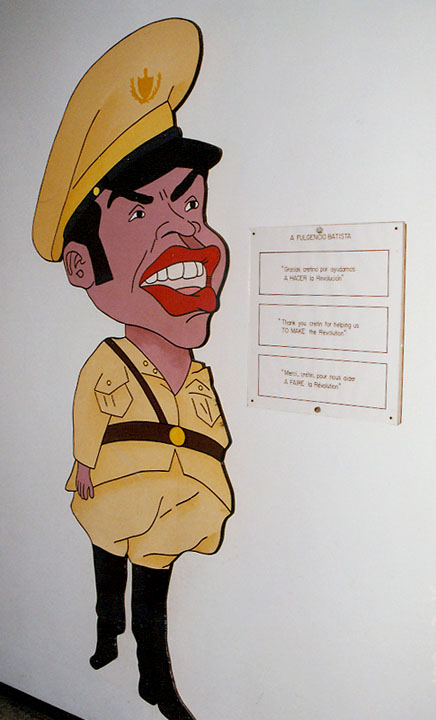
caricature of Fulgencio Batista
The Cuban Revolution was a widespread uprising in Cuba that overthrew the dictatorship of Fulgencio Batista (1952-1958) and brought the government of revolutionary leader Fidel Castro to power. The revolution established the only communist state in the western hemisphere and produced profound changes in the economic and social structure of Cuban society. It also ended more than a half century of United States influence in Cuban internal affairs.
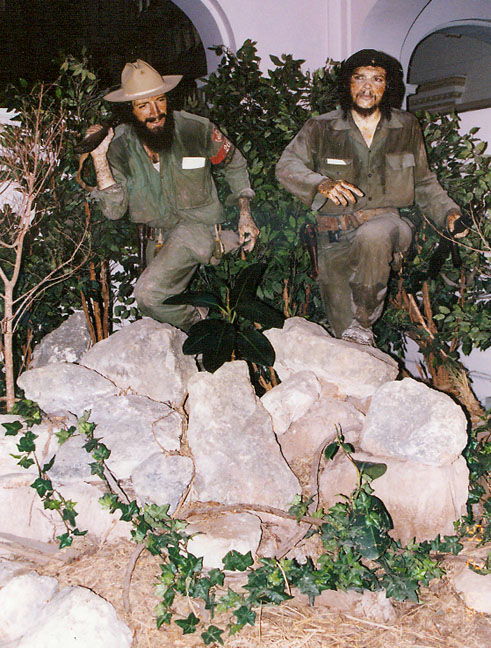
Camilo Cienfuegos and Che Guevara
coming down from the hills to free Cuba of the Batista dictatorship
Batista's government, which came to power following a military coup in 1952, had
become widely unpopular as a result of rampant corruption and harsh repression
of dissent. Batista faced growing opposition to his rule from many segments of
Cuban society. Fidel Castro, a political activist and former lawyer, led the
best organized of a number of anti-Batista forces. He waged a successful
guerrilla campaign from the mountains of eastern Cuba while steadily building a
broad network of support both within Cuba and abroad. This coalition of
opposition forces eventually induced Batista to flee the country.

Monument to the heroes of the Revolution

typical of the monuments in every town
![]()
Plaza de la Revolución
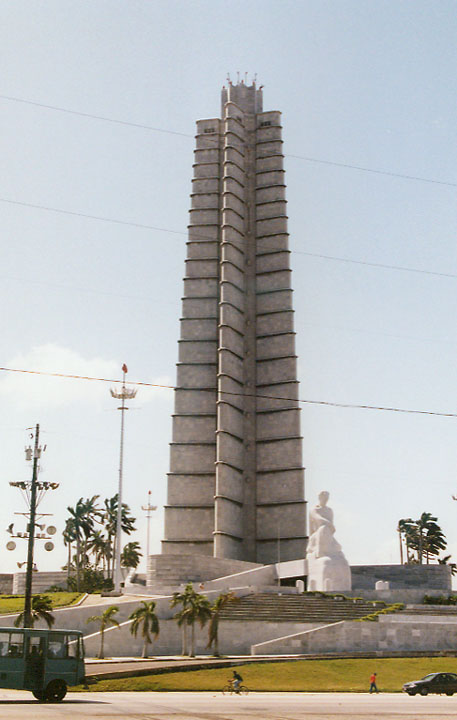

![]()
Che Guevara

Monument to Che Guevara
Born in Argentina and trained as a physician, Che
Guevara became a military commander for Fidel Castro from 1956 to 1959, during
the Cuban revolution. Guevara opposed United States intervention in Latin
American affairs and believed that only violent revolution could remedy the
poverty of the masses. Guevara wrote two books about guerrilla warfare and led
guerrilla forces in South American countries. He was captured and killed in 1967
while leading a guerrilla band trying to overthrow the Bolivian government.

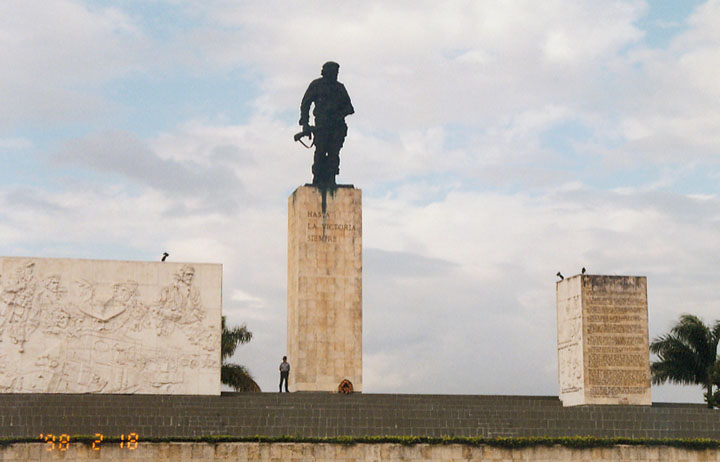
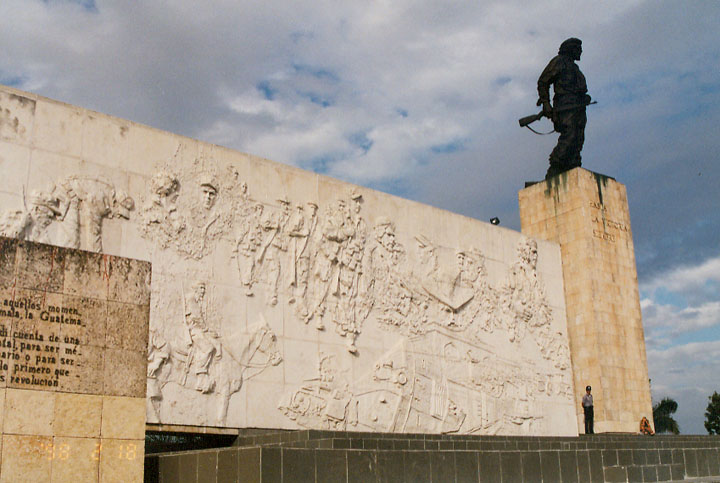
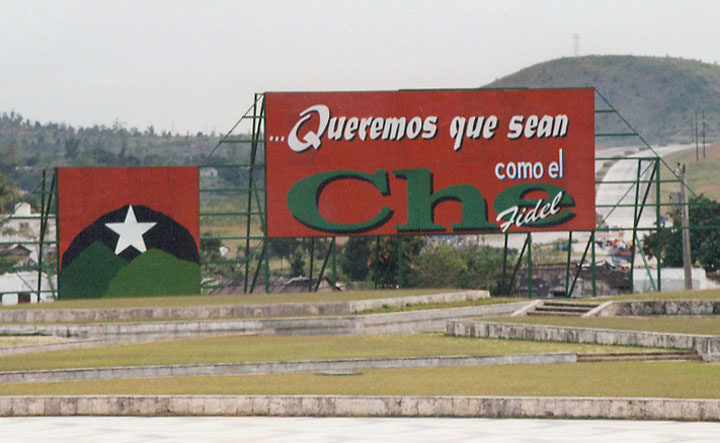
roadside banner
![]()
Literacy Program

Literacy Museum
Castro's government launched a number of programs aimed at improving social conditions among poor and uneducated Cubans. In 1961 the government temporarily closed schools and sent about 270,000 students and teachers to the countryside to teach illiterate citizens how to read and write.
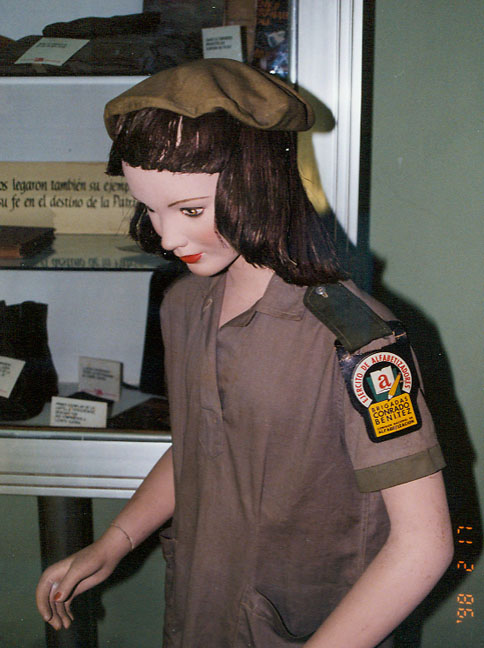
uniform of one the student literacy teachers
This crash program to increase literacy, and
follow-up efforts in subsequent years, taught almost everyone to read and write.
Before the revolution about a quarter of all Cubans were illiterate, with a
median schooling level of third grade. In the mid-1990s the literacy rate
approached 95 percent, and the typical Cuban had a middle school education.
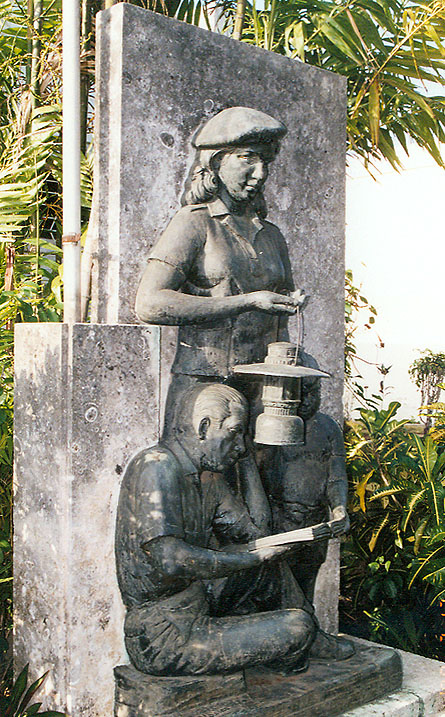
Monument to the Literacy program
![]()
Committees for the Defense of the Revolution

Every dwelling
block has a
"Committee for the Defense of the
Revolution"
to monitor for the support of
revolutionary principles.
Seeking to shape a new society, the government strongly fostered cooperative
activities in neighborhoods and in the work place. Neighbors cleaned up streets
and parks, encouraged recycling of materials, and helped in mass vaccination
campaigns. Workers built housing units next to their work places. Committees for
the Defense of the Revolution were formed in each neighborhood to ensure that
all activities were focused on the preservation of the Revolution's gains.
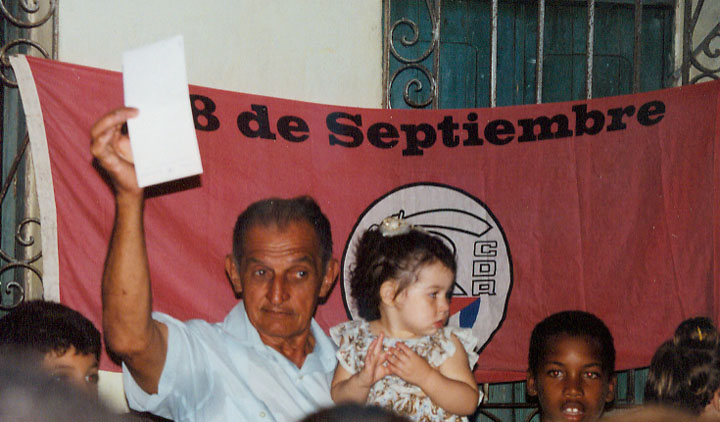
local Committee meeting
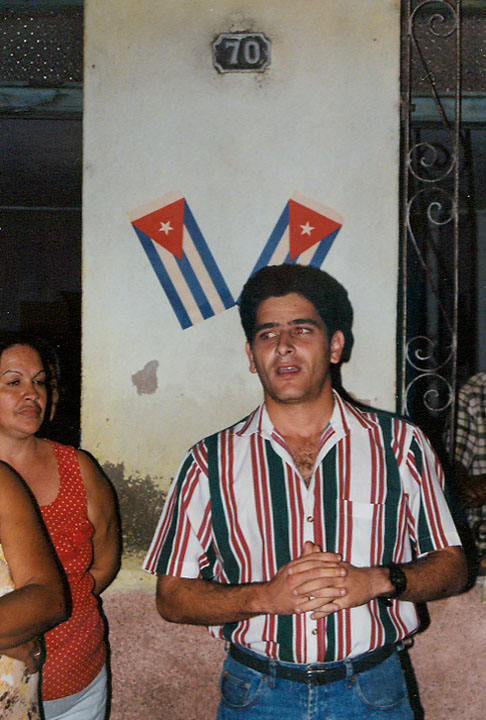
neighborhood leader
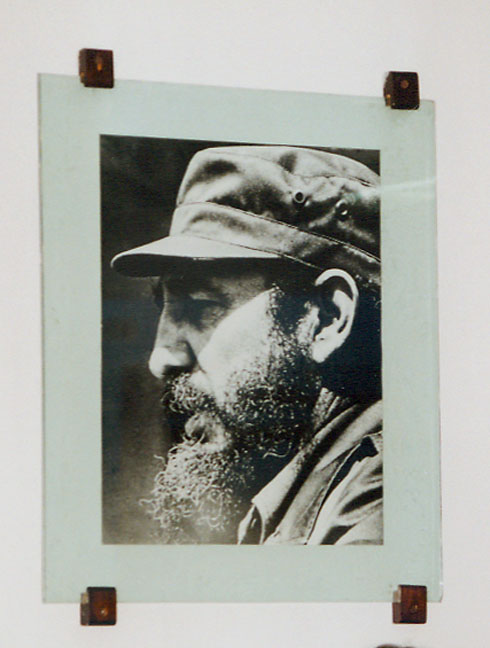
ever present likeness of Fidel Castro
![]()
![]()